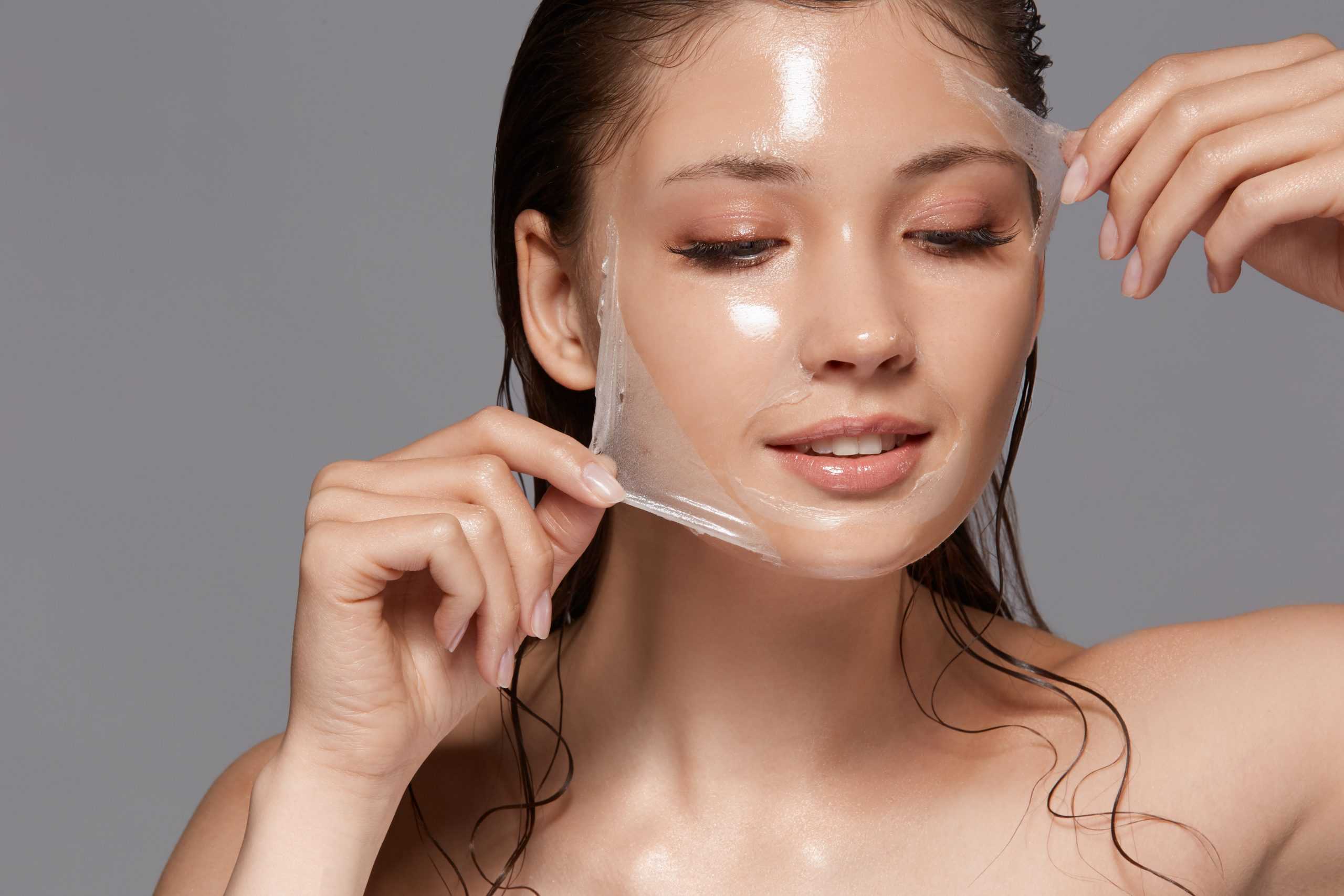Acne scars are annoying issues that will stay on for several days even after healing active acne problems. The severity of these scars will be reliant on the treatment of active acne. With the advancements in aesthetic medicine, there are few other treatments than just OTC creams to solve acne scars. Chemical peels and laser treatments are two skin resurfacing procedures that eliminate the damaged surface layer of the skin to promote optimal skin rejuvenation. Although chemical peel or laser resurfacing have the same end goal, it is key to know the ins and outs of the procedure to decide on the final treatment.
About Chemical Peels:
Chemical peels will act on skin problems such as acne, uneven skin tone, damage from the sun, enlarged pores, blemishes, fine lines, and wrinkles. They employ fruit acids or chemicals with changing levels of strength according to the requirements and remove the top surface layer of the skin. There are three types of peels, starting with superficial chemical peels that are mild and employ mild acids to slowly create exfoliation effects. Medium chemical peels are slightly invasive and deeply enter the middle and outer skin layers. Deep chemical peels are highly stronger by the involvement of strong acids to penetrate the skin deeply and eliminate the damaged skin cells.
About Lasers Resurfacing:
Laser resurfacing is a procedure that delivers measured pulses of laser beams to the skin for offering an even-toned and smooth skin. Laser treatment involves much lesser downtime than other procedures like chemical peeling intended for similar purposes. As laser resurfacing treatments use controlled beams of light to enter the skin surface, it lets you carefully remove one layer. There are two kinds of lasers, namely ablative and non-ablative. Ablative lasers are more powerful and offer the best outcomes by skin vaporization. Non-ablative lasers penetrate less beneath the skin and heat the skin instead of eliminating them. But since non-ablative lasers are not so penetrative as ablative lasers, several sessions may be required for optimal outcomes.
Differences Between The Two Procedures:
- The number of skin issues that benefit from chemical peels treatment ranges from acne scars, uneven pigments, age spots, and damage from the sun. A chemical peel will reduce skin problems but will not act on sagging skin and aggressive skin wrinkles or volume loss. Lasers work on skin conditions like scarring, sun damages, and spots. Laser treatments are specifically used to treat skin issues like around the eyes and mouth. Lasers are also beneficial for achieving even skin texture and achieving tightened skin with a smooth surface.
- Chemicals and lasers are usually preferred to be done at a specialist office. Even though both lasers and peels are available over the counter, they are not so effective as done by a professional. There are chances of getting adverse effects, namely hyperpigmentation, redness, and scarring, especially when done by inexperienced individuals.
- Chemical peels may induce uneven skin tones in the target regions that will mostly be resolved in few days. This can be avoided by selecting the correct type of treatment as per the skin needs. Expert professionals will decide the number of active ingredients used to ensure no side effects after the treatment. Lasers will have different reactions depending on the type of laser used and specific skin condition. While it is normal for the skin to have scabbing for several weeks during the healing process, aggressive problems must be consulted immediately.
- Laser treatments are slightly expensive than any chemical peels. Lasers may require the use of anesthesia as they may involve slightly more discomfort than a chemical peel. Lighter versions in both peels and laser will be cheaper than solid versions, but the results will remain for less time than stronger ones. Even the products with lighter types will not be as prominent as the more robust versions. The results from laser treatment will require few months to show their full effects depending on the type of treatment used. The same is applied even for chemical peels, where deeper chemical peels will require more time for recovery and more weeks to show the results, which will last for several years.
- Laser resurfacing will require 1 to 3 weeks for healing completely, again depending on the volume of the target region and type of laser used. Chemical peels will show some amount of dryness and flaking but allow you to continue with routine activities. Mild peels will have less downtime, and the medium peel will require around two weeks for complete healing. Even though deep peels heal within two weeks, they can retain redness for up to 2 months. Individual results may vary depending on the overall skin health and aftercare.
- You have to be aware of the ins and outs of both procedures before deciding them to be treated for your acne problem. Hence, it could be a tricky one, therefore wiser to associate with a leading skin specialist to make an ideal decision. Different types of Lasers and chemical peels will not be suitable for mainly darker skin tones. Hence, a skin doctor will be the best person to know which kind of treatment is ideal for your acne scars. They will analyze your issue, skin type, and medical history to decide on a treatment plan and execute it well for the best outcomes.
Final Thoughts:
Both chemical peel and laser resurfacing have respective negatives and positives, even though both treatments have the same end goal. Relying on customer expected outcomes, skin type, and budget, experts like Aesthetic med studio would suggest the best procedures. Aesthetic Med Studio is Springfield’s leading medical spa providing highly beneficial non-invasive techniques to offer the ideal results for every individual. The experienced professionals blended with modern technology, committed services, and constant passion deliver fantastic service that enhances your self-confidence.







